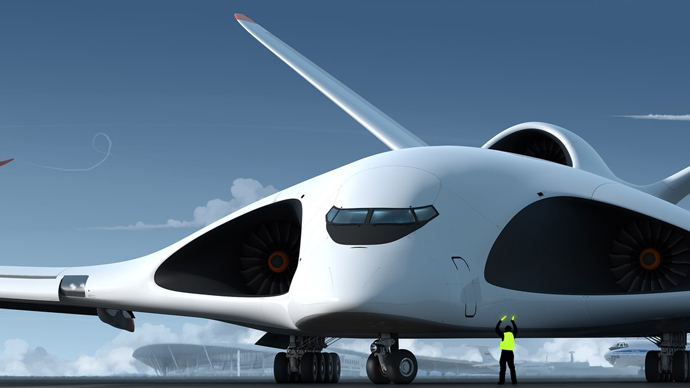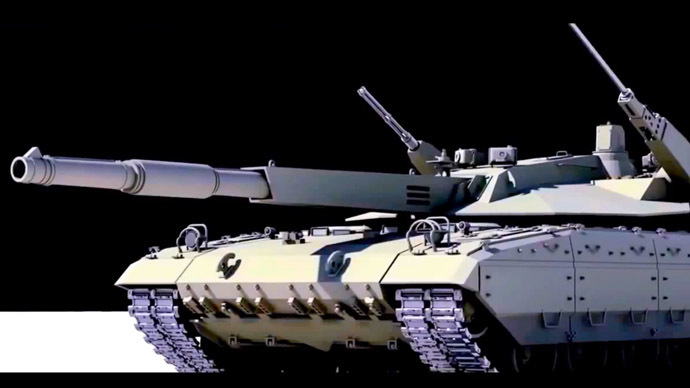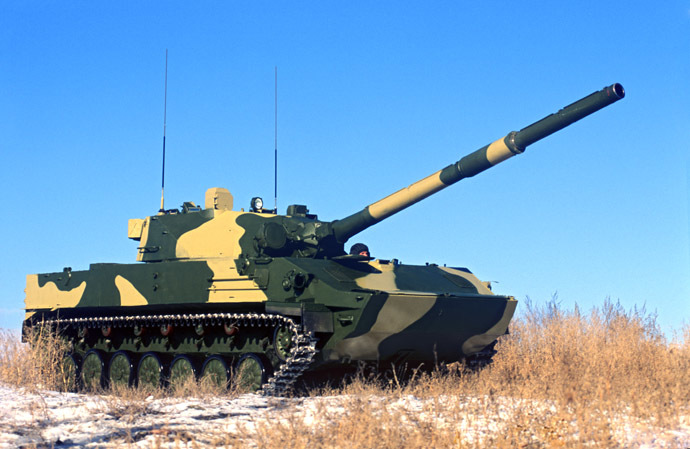
In the future, a fleet of heavy transport aircraft will reportedly be capable of moving a strategic unit of 400 Armata tanks, with ammunition, to anywhere in the world. And probably at hypersonic speed, enabling Russia to mount a global military response.
According to a new design specification from the Military-Industrial Commission in Moscow, a transport aircraft, dubbed PAK TA, will fly at supersonic speeds (up to 2,000 km/h) and will boast an impressively high payload of up to 200 tons. It will also have a range of at least 7,000 kilometers.
The PAK TA program envisages 80 new cargo aircraft to be built by 2024. This means in a decade Russia’s Central Command will be able to place a battle-ready armored army anywhere, Expert Online reports, citing a source in the military who attended the closed meeting.

One of the main tasks of the new PAK TA is to transport Armata heavy missile tanks and other military hardware on the same platform, such as enhanced self-propelled artillery weapons systems, anti-aircraft missile complexes, tactical missile carriers, multiple launch missile systems, and anti-tank missile fighting vehicles.
The PAK TA freighters will be multilevel, with automated cargo loading and have the capability to airdrop hardware and personnel on any terrain.
Diplom - Alexey Komarov from Alexey Komarov on Vimeo.
A fleet of several dozen PAK TA air freighters will be able to lift 400 Armata heavy tanks, or 900 light armored vehicles, such as Sprut-SD airborne amphibious self-propelled tank destroyers.

“With the development of a network of military bases in the Middle East, Latin America and Southeast Asia, which is expected to be completed during the same time period (by 2024), it’s obvious that Russia is preparing for a full-scale military confrontation of transcontinental scale,”Expert Online says.
A source who attended the closed meeting of the Military-Industrial Commission told the media outlet on condition of anonymity that he was “shocked” by the demands of the military.

According to the source, the PAK TA project has been ongoing for several years now and will eventually supplant the currently operating air freighters. But such a global mission statement for national military transport aviation has never been voiced before.
“It means for the first time we have the objective of creating an operational capability to airlift a full-fledged army to any desired place on the planet,” the source said. This means delivering a task force the size of the former NATO and the US troops in Iraq, in a matter of hours to any continent.“In the context of the current military doctrine that defies comprehension,” the source said.

The initial PAK TA specification entailed building subsonic air freighters with a conventional 900 km/h cruising speed and a moderate 4,500-kilometer range.
The program involves the creation of wide-body freighters, with payloads varying from 80 to 200 tons, to replace all existing Ilyushin and Antonov cargo aircraft.
The only operating aircraft with a comparable payload is the Antonov An-225 Mriya (up to 250 tons), but this is a one-off aircraft created specially for the Soviet Buran space shuttle program.

Last year, it was reported that future military air freighters will be developed by the Ilyushin Aviation Complex, with some experts saying the company may base designs on the Il-106 cargo plane (80 tons) project that won a government tender in the late 1980s, but was abandoned after the collapse of the Soviet Union.
Now, with ambitious specifications and objectives, the PAK TA is a truly next-generation transport aircraft.
Comments
Post a Comment